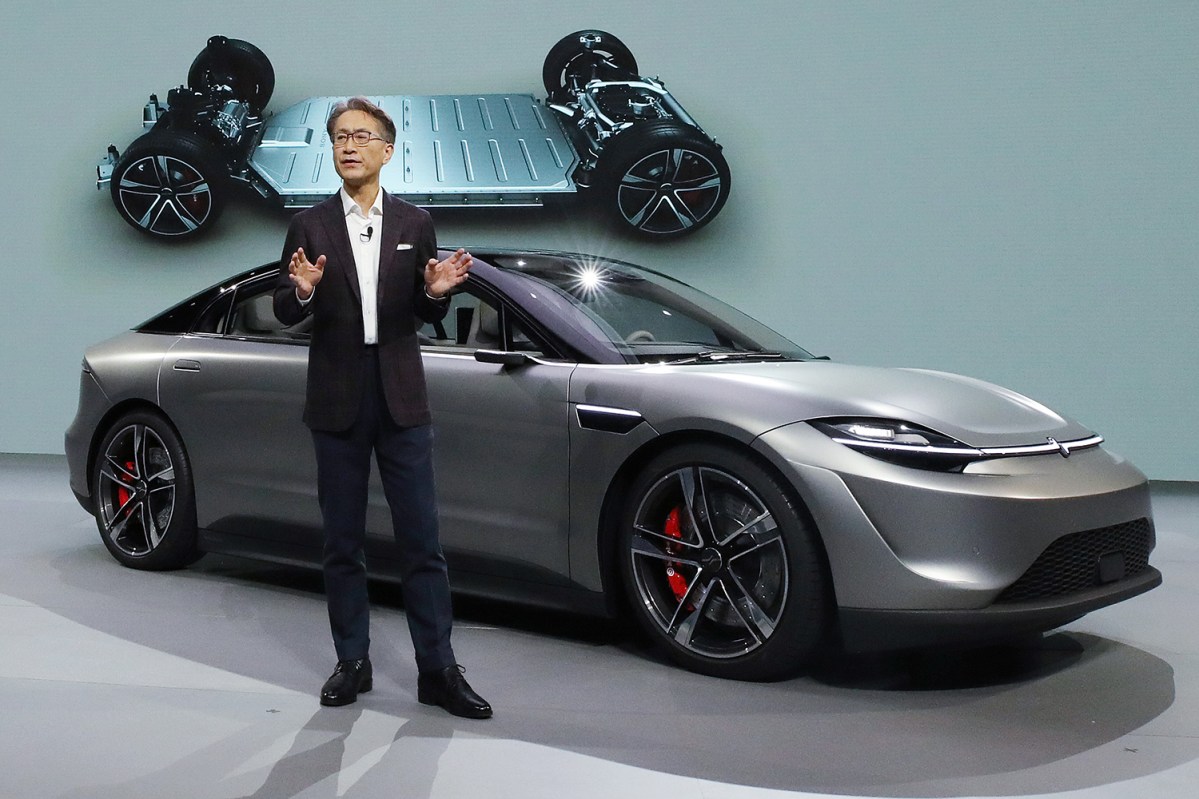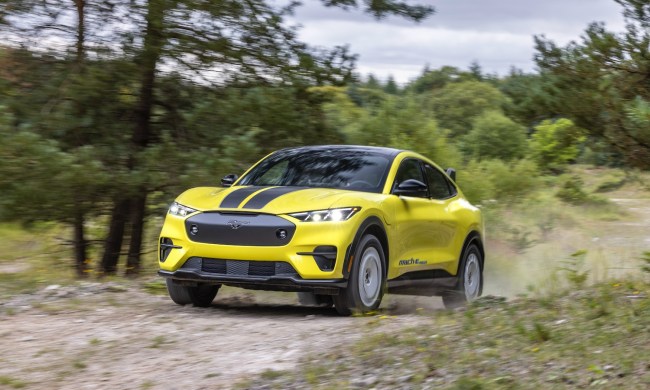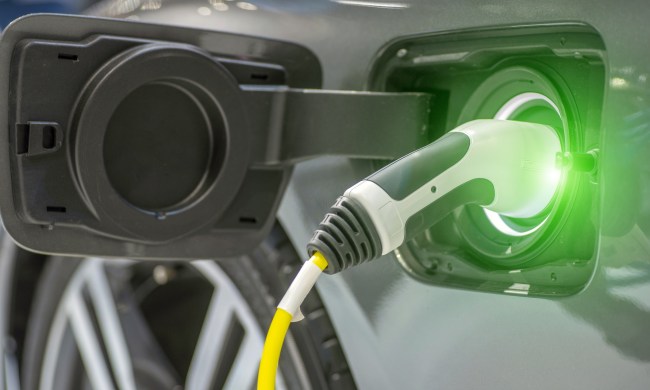If Hyundai can build flying taxis, why can’t Sony build a car? As it turns out, anything is possible at CES, and on Monday evening the Japanese electronics titan unveiled the Vision S, a concept car built to showcase what Sony can do for the cars of tomorrow. This is, of course, one of many of the best cars at CES 2020 this year — though we didn’t expect to see one from Sony.
The electronics brand has dipped its toes in everything from cameras to 8K TVs and everything in between, so it actually isn’t all that surprising that they would decide to use CES to jump into the auto industry.
This story is part of our continuing coverage of CES 2020, including tech and gadgets from the showroom floor.
The Sony Vision S is all-electric
Looking a bit like the Tesla Model 3 with hints of Porsche in the front, the four-door Vision S rolled onstage silently because – as you may expect – it’s electric. The Vision S packs 33 sensors, including radar, lidar, and cameras, but Sony says its real innovation is infusing the data collected from all those things to produce cleaner data with fewer errors. Although it’s not widely known, Sony isn’t entire new to this game: Its CMOS sensors, like those used in its cameras, are already used in vehicles like the Toyota Corolla and Lexus NX.
Sony’s foray into lidar — the “eyes” of an autonomous car that allow it to sense how far it is from obstacles around it– comes as a bigger surprise. The race to build cheaper, more reliable lidar has become one of the hottest contests in automotive technology, and Sony will face upstarts like Quanergy and LeddarTech, along with established players like Velodyne and Bosch.

Inside, the Vision S looks like what you would expect from a company that built its reputation on TVs, with a massive panoramic dash screen that stretches below the entire windshield, just like in the Byton M-Byte. The rear seats both have screens of their own, of course, and Sony says the car provides 360-degree panoramic audio.
“We believe that the evolution of mobility will also redefine cars as a new entertainment space,” said Sony CEO Kenichiro Yoshida.
The EV platform the car rides on was built by Magna, a massive Canadian manufacturer that also supplies GM, Ford, Mercedes, and, yes, Tesla. Not surprisingly, Sony had help from a number of other partners, including Qualcomm, Continental, and Nvidia.
Can you buy the Sony Vision S?
Sony will show the concept off at its CES 2020 booth, but don’t expect Sony dealerships to spring up anytime soon – it’s merely a demonstration to get other automakers interested in Sony’s wares. The chances of Sony’s EV actually getting off the ground is fairly unlikely, so you may not want to get your hopes up if you really like the design. However, anything is possible when it comes to the Consumer Electronics Show.
Follow our live blog for more CES news and announcements.



